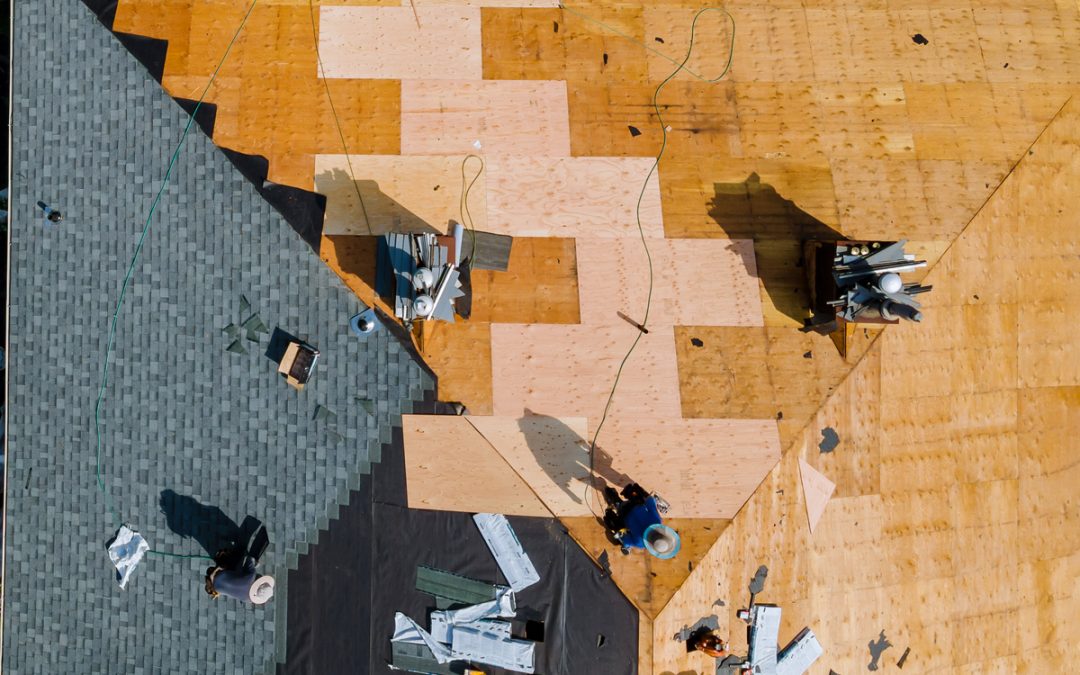Since most solar array installations are installed on existing roofs, impedances such as vents and exhausts will have to be worked around. When roofing for solar, to get the best use of space, it’s essential to optimize your solar panel installation where the sun shines the most, to ensure maximum energy production. One important consideration when installing solar panels is the placement of vents and exhausts on the roof.
Before installing solar panels on an EXISTING roof…
- Roof orientation and shading: Solar panels are most effective when installed on a south-facing roof with minimal shading. If your roof faces east or west, you may still be able to install solar panels, but the energy production may be slightly lower.
- Roof condition and age: Before installing solar panels, it’s important to ensure that the roof is in good condition and has enough remaining life to last for the duration of the solar panel system’s lifespan (usually 25-30 years).
- Roof material: Solar panels can be installed on a variety of roofing materials, including asphalt shingles, metal, tile, and slate. However, some materials may require additional support or modifications to ensure a secure installation.
- Building codes and permits: Most municipalities have specific building codes and permit requirements for solar panel installations. It’s important to obtain the necessary permits and comply with all building codes to ensure a safe and legal installation.
- Energy needs and goals: The size and placement of the solar panel array should be determined based on your energy needs and goals. A professional installer can help you determine the appropriate size and placement of the panels based on your energy consumption and the available roof space.
- Cost and financing: The cost of solar panel installation can vary widely depending on the size and complexity of the system. There are also various financing options available, including leasing, loans, and purchase agreements, that can help make solar panel installation more affordable.
Before installing a NEW ROOF that will be getting solar panels…
The south and east sides of your roof will get the most sun, so before installing a solar array, you’ll want to ensure that you can take advantage of this. Vents and exhausts can take up valuable solar panel space, so if it’s possible, move vents and exhausts to the North and west sides of the roof.
To ensure that you get the maximum benefit from your solar panels when you talk with the roofing company, tell them:
- Roof vents and exhausts: Install all vents and exhausts on the north and west sides of the roof, away from the solar panel array.
- Roof flashing: Install flashing around all vents, pipes, and other protrusions on the roof.
- Solar panel mounting system: Ensure that the solar panel mounting system is compatible with the roof and can securely hold the panels in place.
- Electrical wiring and connections: Ensure that all electrical wiring and connections are properly installed and up to code.
- Maintenance: Consider the maintenance required for the roof and solar panel system and ensure that it is manageable and within your budget.
By making these considerations, you can ensure that your new roof is optimized for solar panel installation and that you’ll get the most out of your investment in solar energy. With proper planning and installation, you can enjoy lower energy bills and have a more sustainable, environmentally-friendly home.

